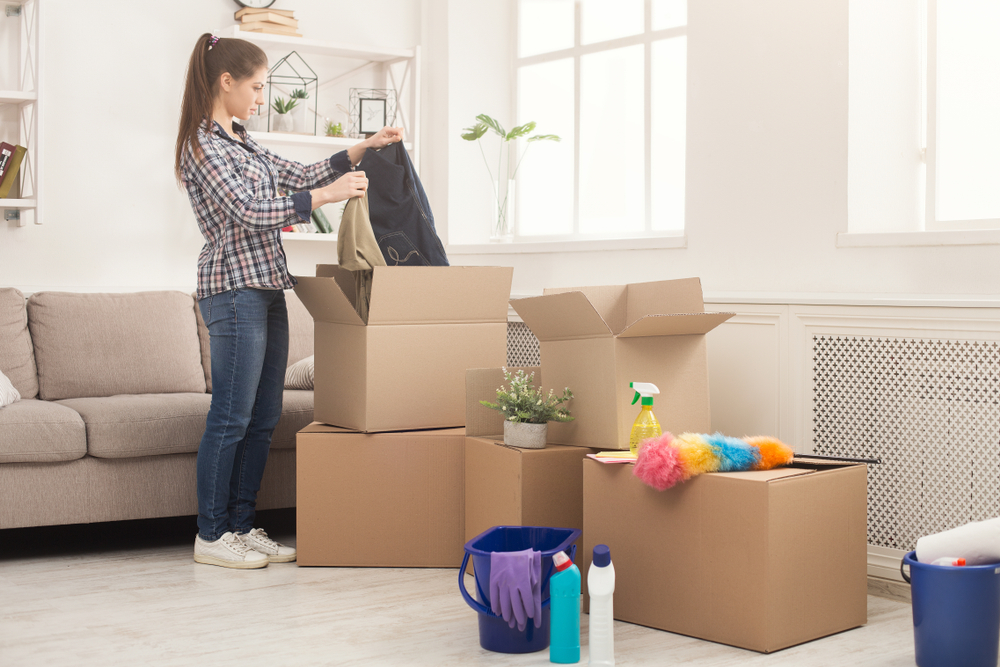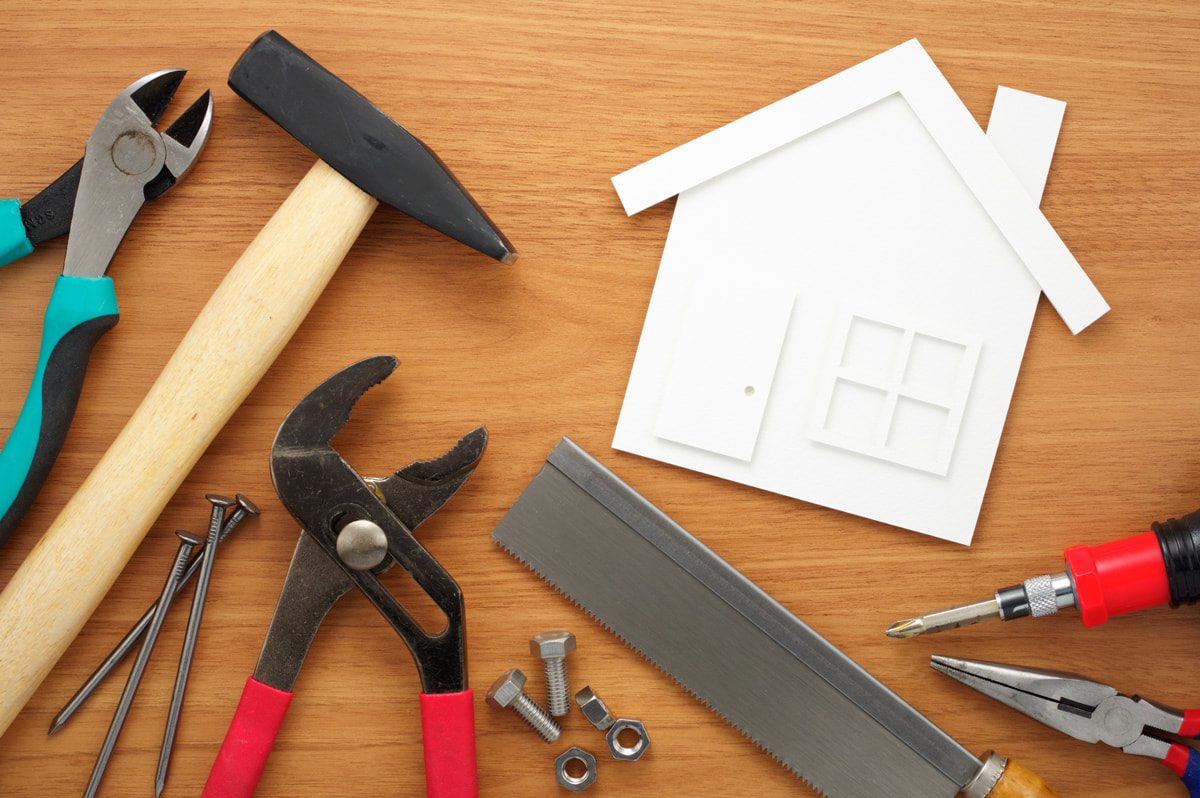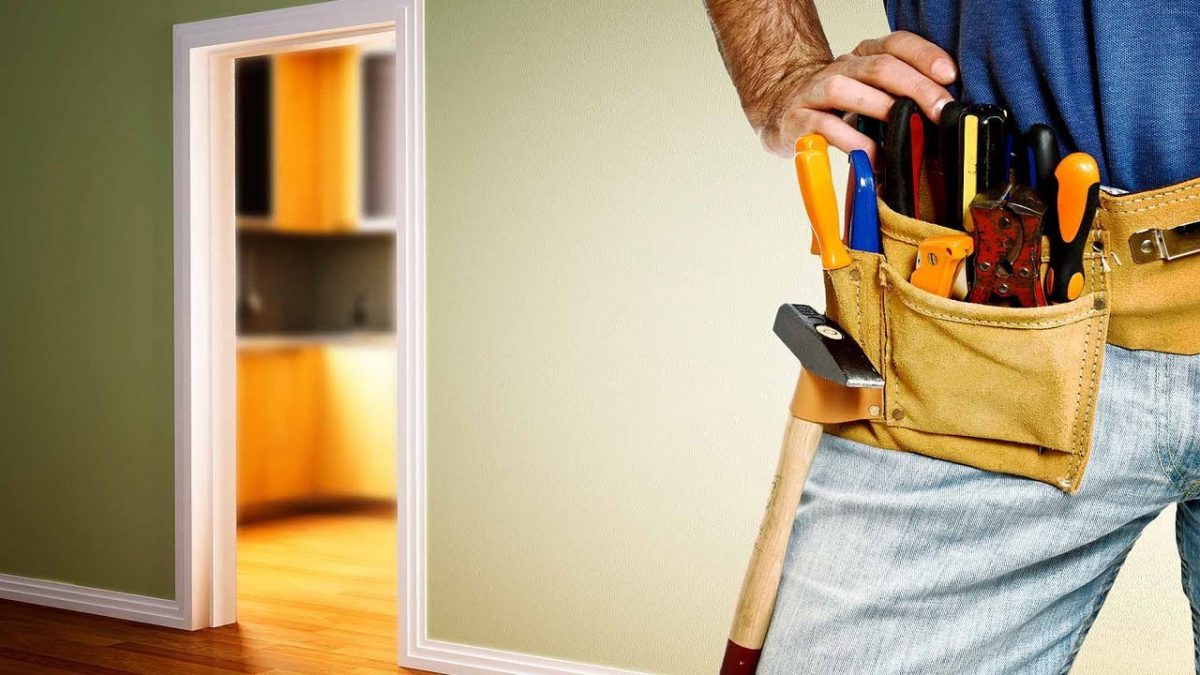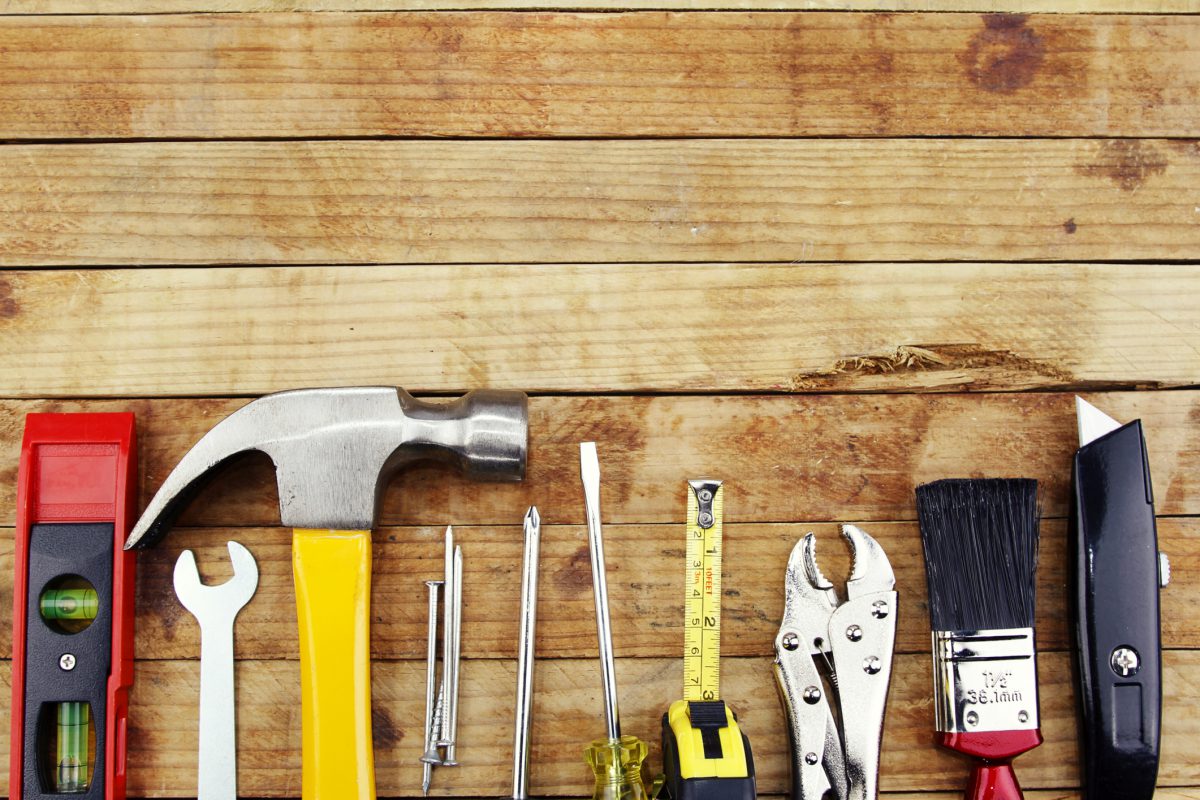Most people expect higher energy costs in the summer. We crank up the air conditioning to get out of the sun; the kids are home from school and spend all day on their electronics; and, when you finally convince them to play outside, you find yourself washing extra loads of bathing suits, beach towels, and muddy clothes. The warm weather comes with a price. But, with a little preparation, you can manage your energy use wisely and cut down on your bill. We’ve shared 7 tips below that will help you use less energy in the summer and save you valuable money on your utilities.
1. Wash with Cold or Warm Water
Avoid using hot water whenever possible. Because 90% of the energy used by your washing machine goes toward heating the water, doing your laundry on either the cold or the warm cycle will save you a tremendous amount of electricity. When you’re done, take advantage of the warm weather and dry your clothes outside instead of putting them through the dryer. You’ll both save energy and avoid raising the temperature of your home with heat-generating appliances.
(Hint: the same logic applies to dishes as well. Use cold water and let them air dry instead of running them through the drying cycle.)
2. Be Smart with Your Thermostat
It feels good to blast the AC after getting home from a workout, time spent outside, or just a generally sweltering summer day. But it probably won’t feel so good later when you see that your utility bills have skyrocketed. Keep in mind that for every degree you raise your thermostat above 72º, you save up to 3% of your cooling expenses. Try setting your thermostat to 78º, or as high as your comfort allows.
When you’re away from home, set the temperature even higher or, if it’s not too hot, turn it off altogether so you don’t waste air conditioning on an empty house. If you install a smart or programmable thermostat, you won’t have to go through the trouble of manually changing the temperature each time you leave. These thermostats will automatically adjust your home’s climate control while you’re away.
3. Keep Your Home Easy & Breezy
Another easy way to cut down on cooling costs is by using fans. Ceiling fans are great for cooling an entire room, and many homes already come equipped so there’s no purchase necessary. Even if you don’t have one, portable fans are inexpensive and readily available at any home goods or big-box store. A good fan will allow you to raise your thermostat 4º while maintaining the same level of comfort. If you don’t mind the light breeze, go ahead and lower the temperature on your AC because fans can be very effective.
4. Consider LED Lighting
After you’ve blocked out the sun, you might find yourself turning on more lights than you normally do. Be careful which lights you choose, though, because incandescent bulbs actually turn 90% of the energy they use into heat. Consider replacing your incandescent bulbs with LED bulbs, which operate at a lower wattage and produce only half as much heat. LED bulbs also use 75% less energy and last 50 times longer than traditional bulbs, saving you money on electricity and replacement costs.
5. Use the Barbeque
Trying to cook in a hot, steamy kitchen can be unbearable, especially when it’s hot and steamy outside as well. Kitchens are full of heat-producing appliances: ovens and stoves can raise your kitchen’s temperature up to 10º. To save yourself the sweat (and the higher utility bills), try using the microwave whenever possible since it uses just one-third the energy that an oven does and produces only a fraction of the heat. Another great way to take the heat out of the kitchen is to cook outdoors. Pop some burgers on the grill or invite some friends over for a barbecue. You can enjoy the great weather while you avoid raising the temperature in your home.
6. Keep Track of Your Electronics
When you place heat-generating devices such as lamps or TVs near air-conditioning thermostats, you can trick them into thinking the room is hotter than it really is. Your thermostat will sense the heat from these devices and spend extra energy trying to cool the house down. Be mindful of where your thermostats are and try to keep electronics away from them. Devices like computers, curling irons, hair dryers, stereos, and televisions heat up your house as well, so make sure they’re turned off when they’re not being used.
7. Keep the Sun Out and the Cool Air In
The summer sun is great for tanning, great for your mood, and great for beaches, picnics, and sunsets. However, it’s not so great if you want to keep your house cool. Sunlight coming through your windows will heat up your home, causing you to spend more on air conditioning. Try drawing the blinds during the hottest parts of the day, especially if your windows are facing south. You can open your windows again at night when it gets cool; this will allow you to turn off your air conditioning. Just don’t forget to close them again in the morning to trap in the cool air.
Also, if you’re planning to invest in landscaping, keep in mind that trees provide great natural shade. Strategically placed shrubs, trees, and vines can block sunlight from your windows, roof, and walls, saving you $100 – $250 per year in cooling costs.









